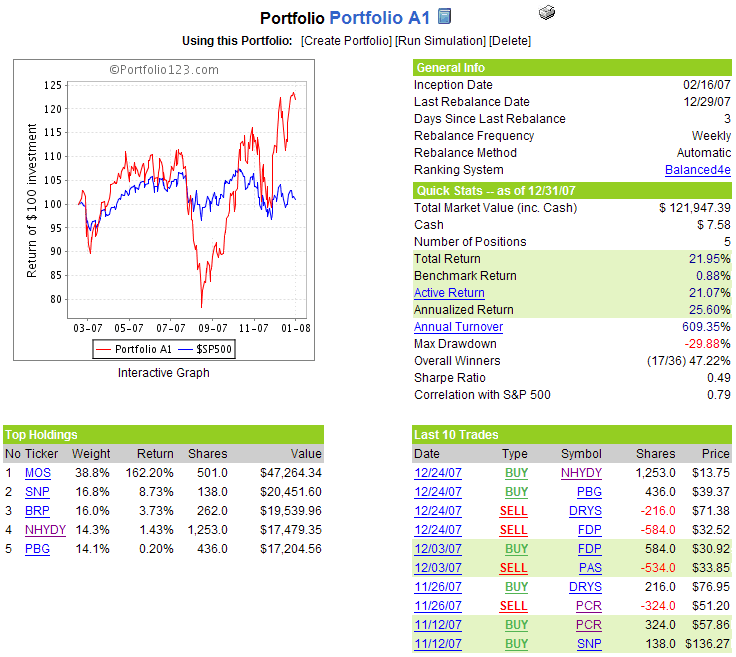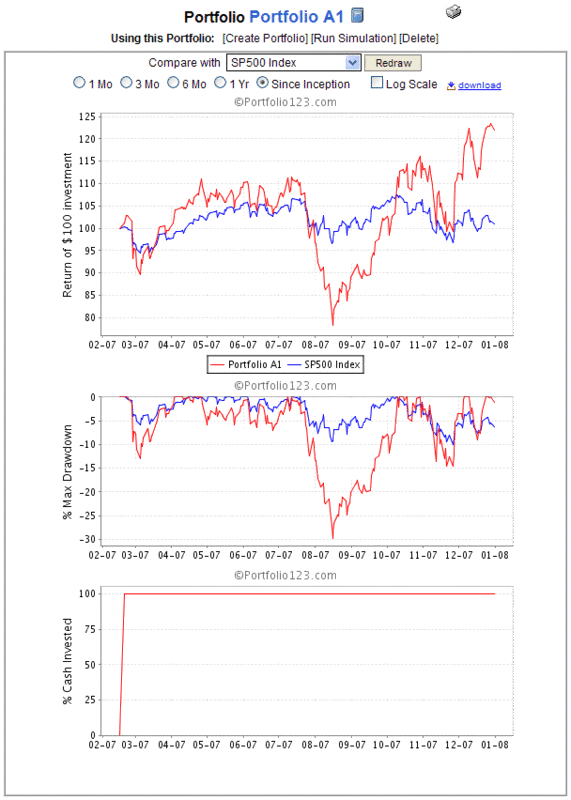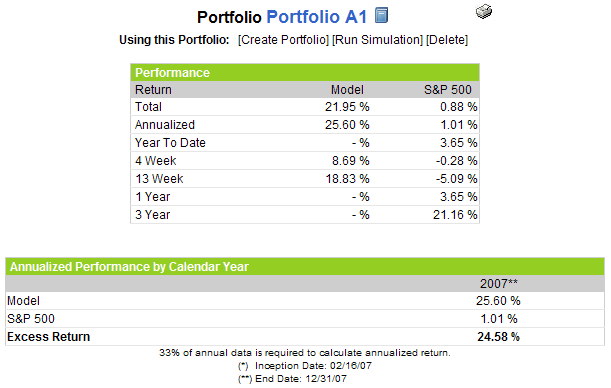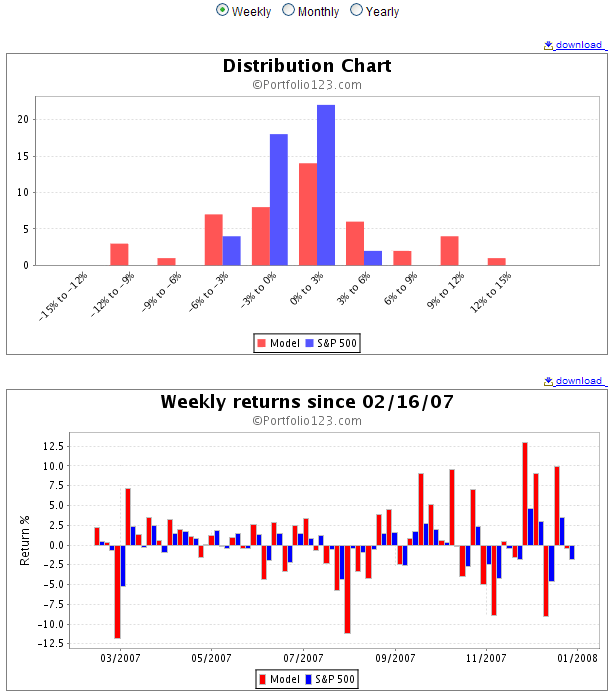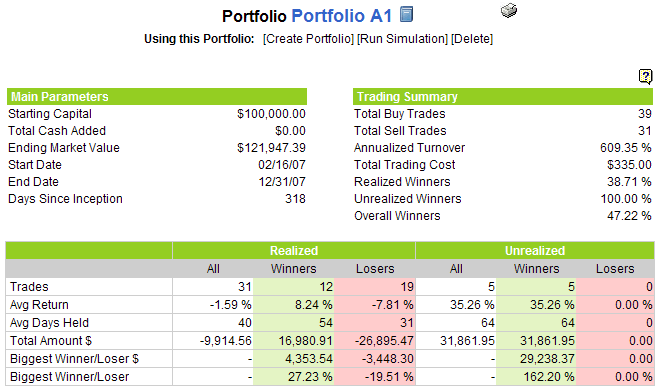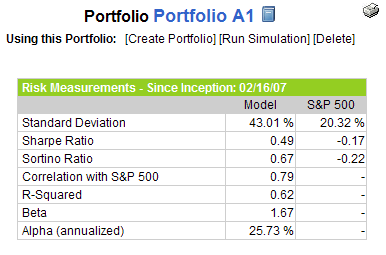Bulkowski on Bottoms
 I was surprised to see that while I am in my second year of blogging, I have yet to make a reference to Thomas Bulkowski’s excellent Encyclopedia of Chart Patterns. As the title suggests, this is more of a reference book than a page turner, yet it is an invaluable tool for anyone who is interested in stock charts, whether they would classify themselves as a novice or an expert.
I was surprised to see that while I am in my second year of blogging, I have yet to make a reference to Thomas Bulkowski’s excellent Encyclopedia of Chart Patterns. As the title suggests, this is more of a reference book than a page turner, yet it is an invaluable tool for anyone who is interested in stock charts, whether they would classify themselves as a novice or an expert.
I mention Bulkowski because many people will undoubtedly be trying to determine whether the recent lows are likely to result in a bottom, and what to expect going forward if this bottom holds or if it fails. Bulkowski’s work is an excellent place to start, where you can brush up on a wide range of bottoms he has classified and analyzed from a trading perspective, including the classic Head-and-Shoulders Bottoms, as well as some of the more esoteric Bulkowski favorites, such as Horn Bottoms, Pipe Bottoms, Bump-and-Run Reversal Bottoms, and a variety of double bottom chart patterns.
Whether you agree with all of Bulkowski’s conclusions is not important. Just looking at his work and thinking about how one might go about challenging some of his thinking will more than compensate most traders for the expense of the book. In the end, I find that there is a fair amount that can be swallowed whole and I cannot help but marvel at the meticulous rigor of Bulkowski’s approach, a process that hearkens back to my discussion earlier this week about what makes an expert trader.
In addition to the three books he has written (a fourth, Encyclopedia of Candlestick Charts is due out in the first week of March), Bulkowski maintains a web site, The Pattern Site, that offers a high level view of his thinking, at no charge.
Finally, regarding my own perspective on the recent market action, I am not ready to call a bottom, but the events of the last 48 hours have me thinking that the likelihood we are forming a bottom is much higher than most pundits think.
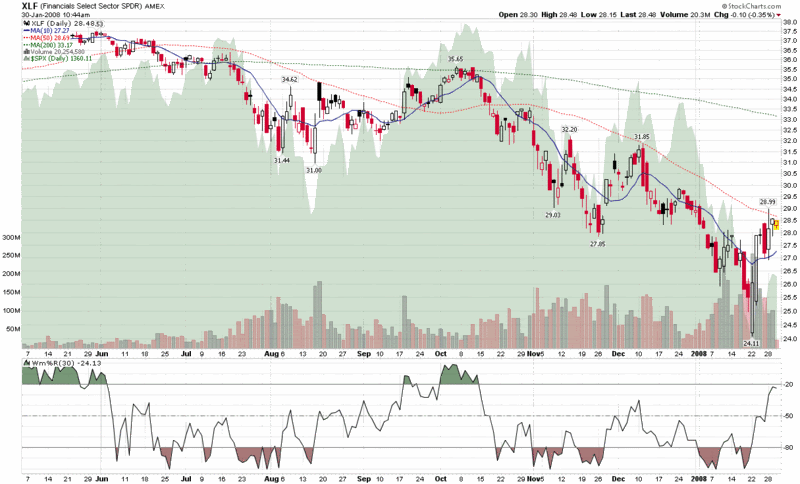
 Brett Steenbarger’s
Brett Steenbarger’s 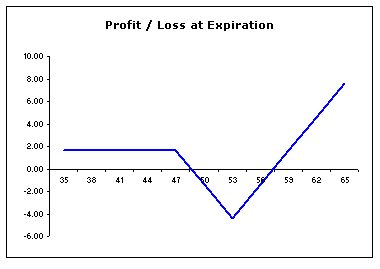
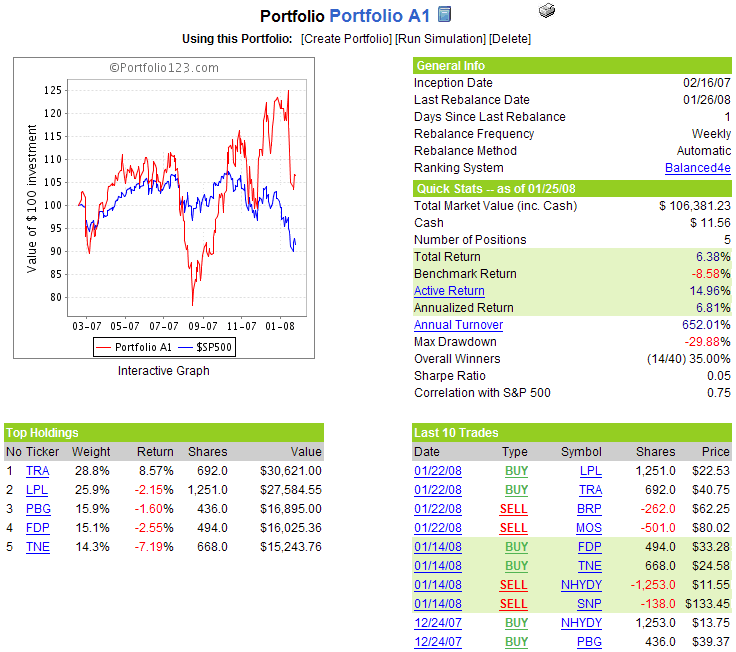

 Today’s bearish reversal is the first minor skirmish following the recent selloff and attempt at a bottom.
Today’s bearish reversal is the first minor skirmish following the recent selloff and attempt at a bottom. 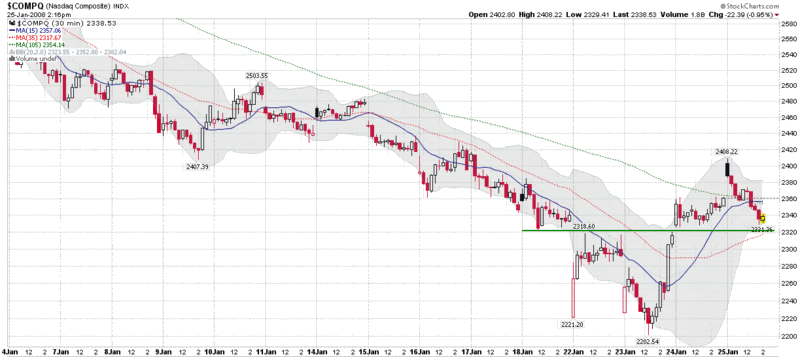
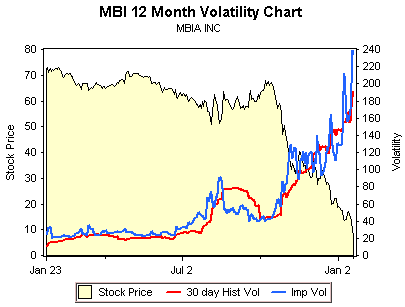
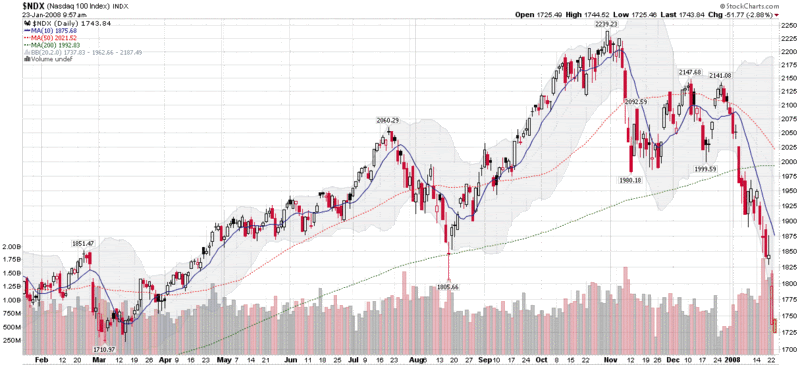
 Today could turn out to be one of those days that imprints the value of the VIX deeply into the psyche of many traders.
Today could turn out to be one of those days that imprints the value of the VIX deeply into the psyche of many traders.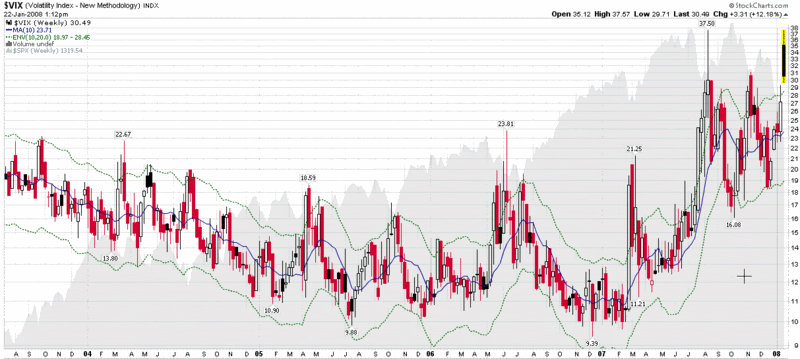
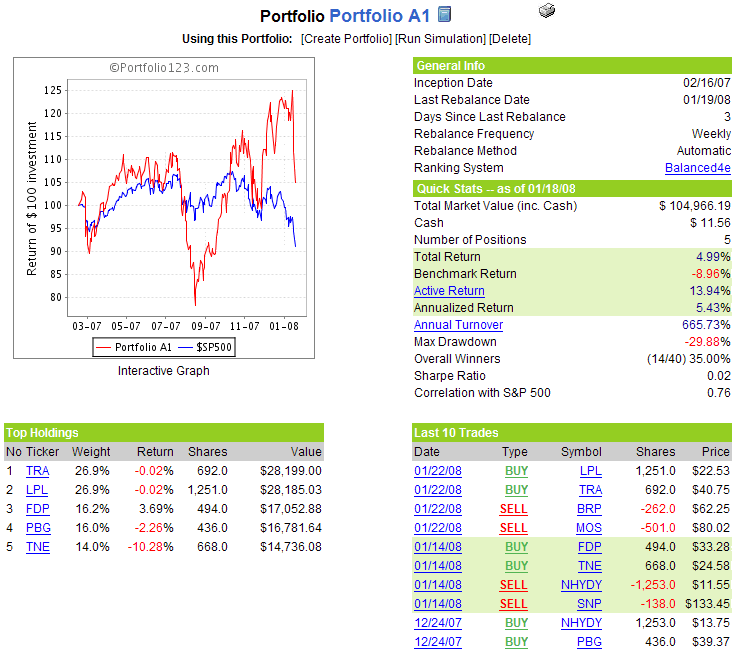

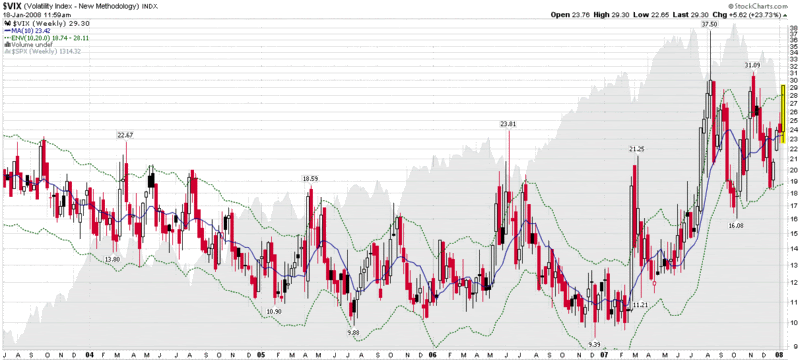
 I have talked rather extensively about the surprising lack of volatility in the markets during the past month or so, particularly given the sharpness of the current downturn and the preponderance of gloom and doom news out there.
I have talked rather extensively about the surprising lack of volatility in the markets during the past month or so, particularly given the sharpness of the current downturn and the preponderance of gloom and doom news out there. A reader asked whether I think tracking the ratio of the VIX to the
A reader asked whether I think tracking the ratio of the VIX to the 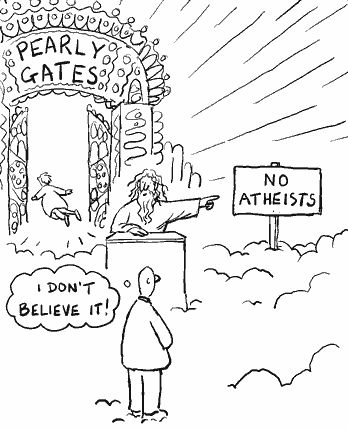 One of the things I like to do when I see the markets bounce is what I call my “atheist check.”
One of the things I like to do when I see the markets bounce is what I call my “atheist check.”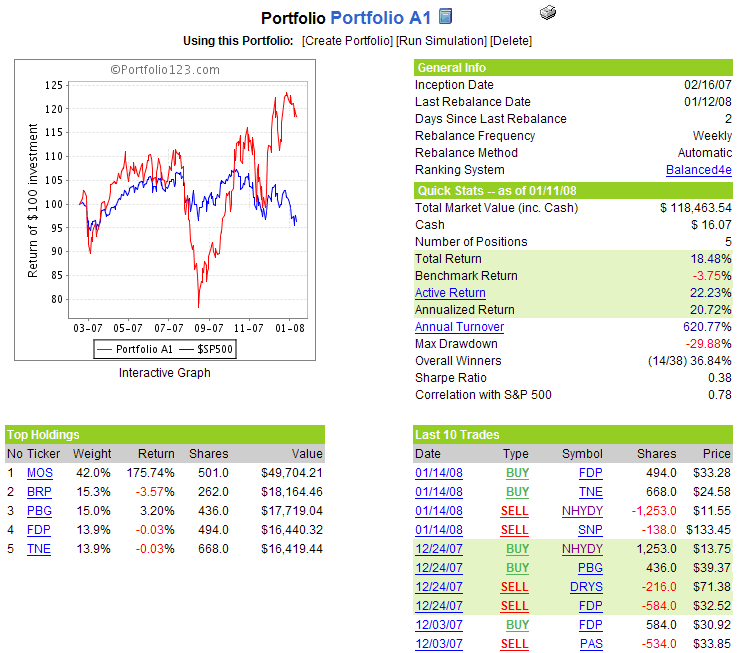
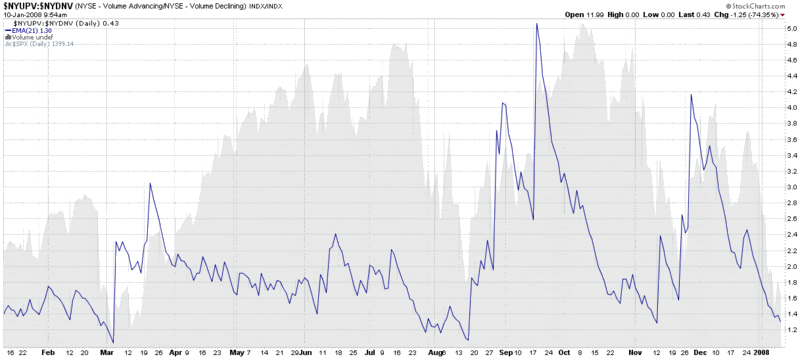
 Back in November, in
Back in November, in  I generally shy away from making stock market predictions and prefer the Stuart Walton
I generally shy away from making stock market predictions and prefer the Stuart Walton  I will be the first to admit that one of my favorite trading books to browse through is the Stock Trader’s Almanac, complied by
I will be the first to admit that one of my favorite trading books to browse through is the Stock Trader’s Almanac, complied by 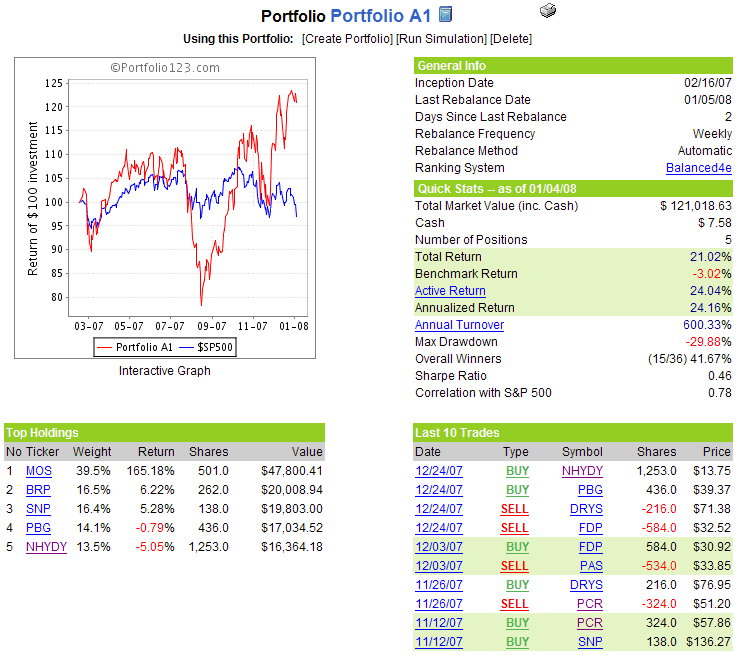

 Now that most of the holiday-related “
Now that most of the holiday-related “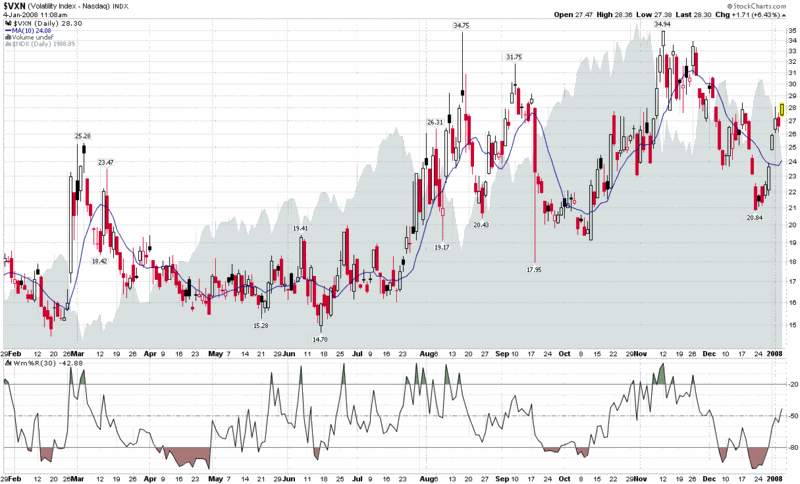
 I’m sure nobody bothers to pay attention to this, but I periodically tweak the “Blogs I Frequent” section of VIX and More whenever a particular whim hits me.
I’m sure nobody bothers to pay attention to this, but I periodically tweak the “Blogs I Frequent” section of VIX and More whenever a particular whim hits me.

